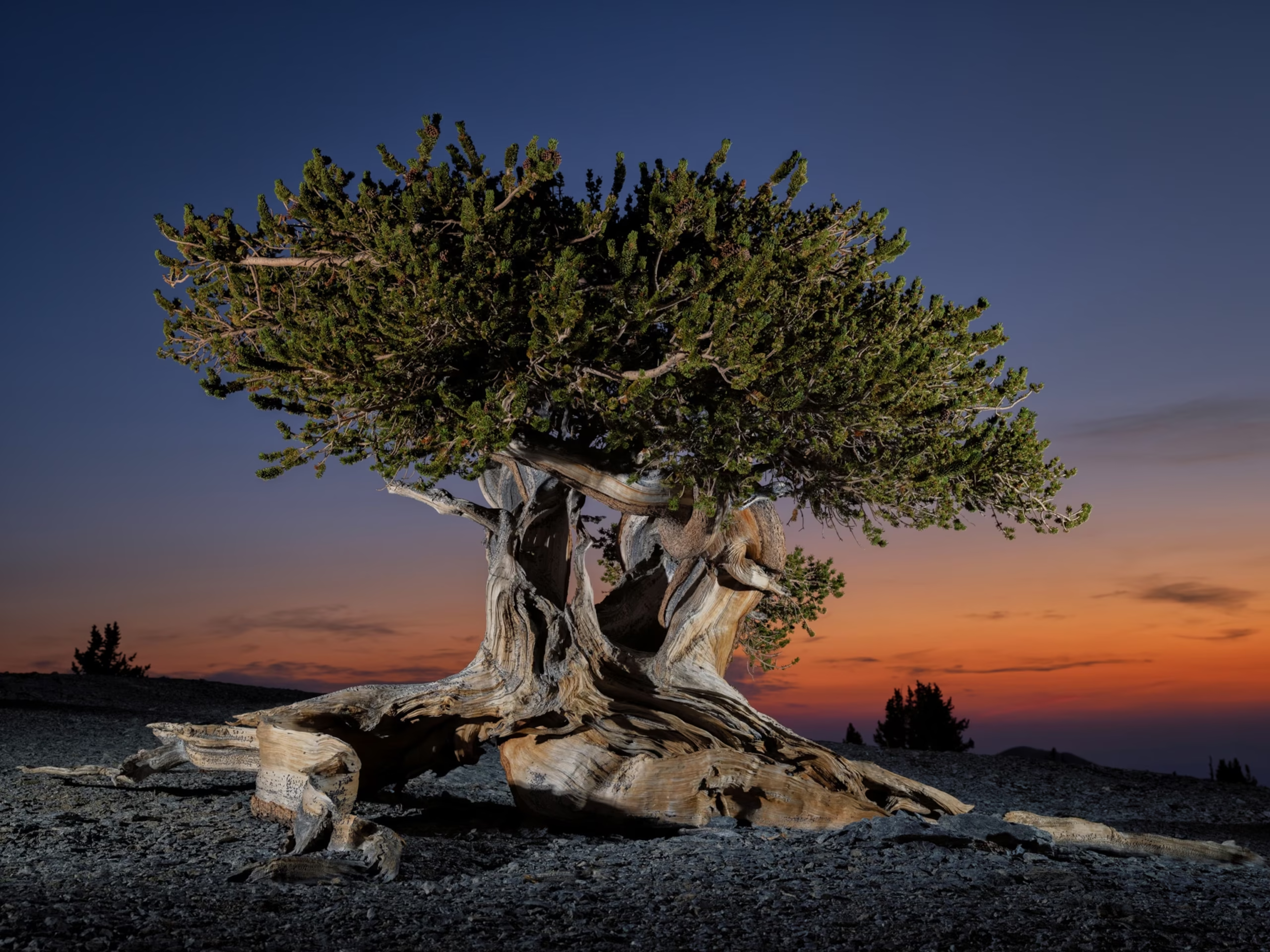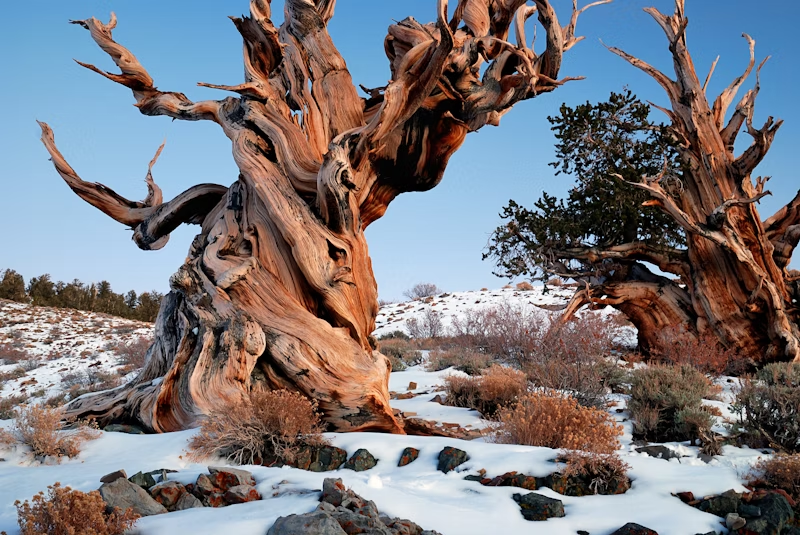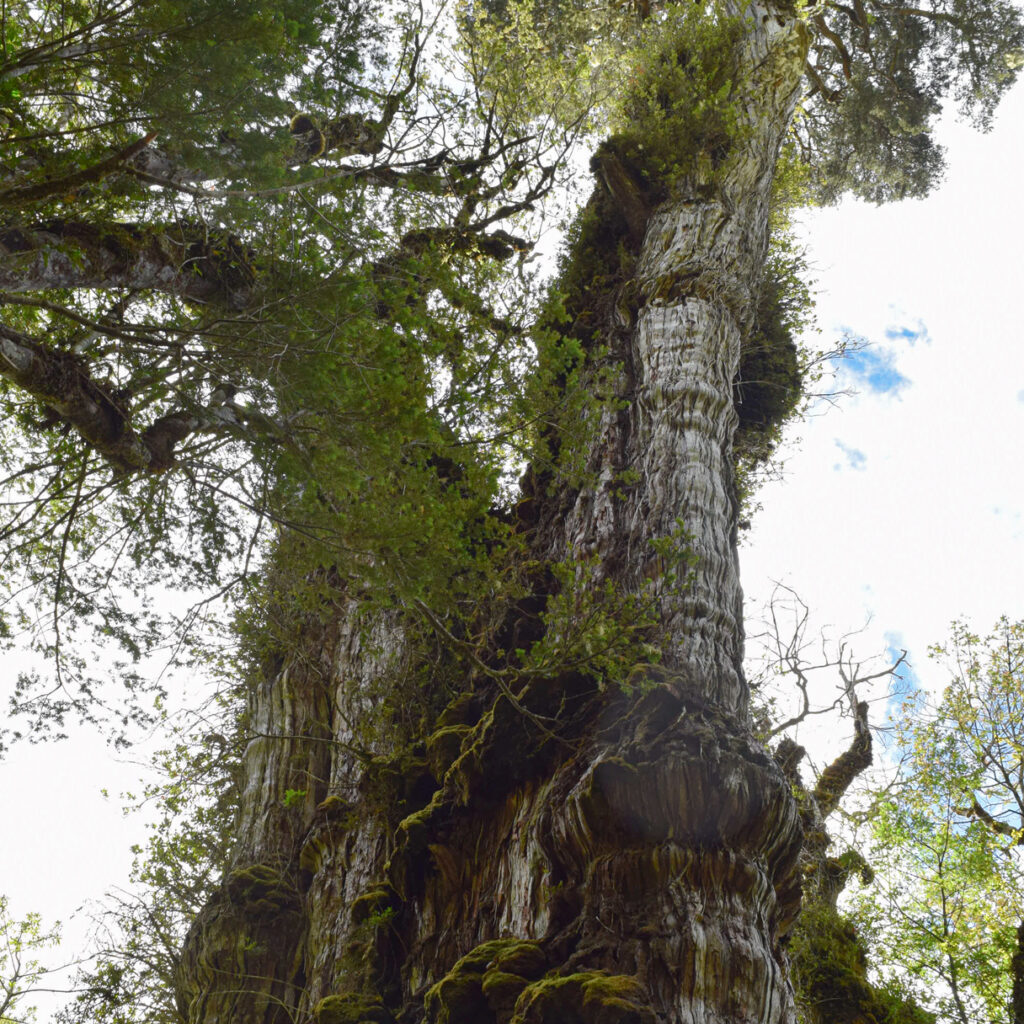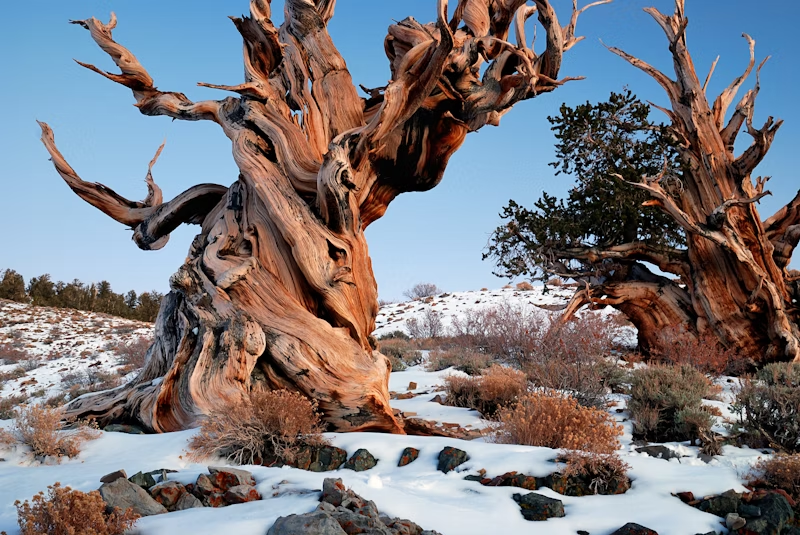The World’s Oldest Tree: A Journey Through Time, Survival, and Science

Amid icy mountaintops, dry deserts, and rugged forests, there live ancient trees that have stood the test of time for millennia. These botanical elders are not only natural wonders but also living chronicles of Earth’s climatic, geological, and even human history. But which tree is the world’s oldest? The answer is surprisingly complex and varies depending on how we define “oldest”: by age of a single trunk, a root system, or genetic continuity.
This article explores the top contenders for the title of the world’s oldest tree—from lonely bristlecone pines in California to a vast clonal forest in Utah—and examines the scientific, cultural, and environmental importance of these ancient lifeforms.
🌲 What Does “Oldest Tree” Mean?
There are three main categories when discussing ancient trees:
- Oldest Non-Clonal Tree: An individual tree that has been continuously growing from a single seed.
- Oldest Clonal Tree: A tree that regenerates over millennia from the same root system.
- Oldest Living Organism: This can include vast colonies of trees sharing the same genetic material.
Each type offers a different perspective on longevity and biological resilience.

🏔️ The Oldest Known Non-Clonal Tree: Methuselah
📍 Location: White Mountains, California, USA
🌱 Species: Pinus longaeva (Great Basin bristlecone pine)
🕰️ Age: ~4,850 years (dated to ~2830 BCE)
Methuselah is the most famous non-clonal tree and was, for decades, considered the oldest known living tree in the world. Located in the Inyo National Forest in a protected grove known as the Ancient Bristlecone Pine Forest, its precise location is kept secret to prevent vandalism.
Discovered by dendrochronologist Edmund Schulman in the 1950s, Methuselah is a small, twisted pine that began growing over a thousand years before the Great Pyramids of Giza were built.
🧪 Why Bristlecone Pines Live So Long
Bristlecone pines thrive in extremely harsh environments—cold, dry, and nutrient-poor conditions that discourage pests, diseases, and competition. Their secrets to longevity include:
- Slow growth: Creating very dense, resinous wood resistant to decay.
- Partial mortality: Only parts of the tree may stay alive while dead wood shields it.
- Minimal disturbance: Located at high altitudes, they have remained largely untouched by human activity.
These ancient trees also serve as natural climate archives, with their growth rings used to reconstruct up to 9,000 years of climate history.
🌱 Clonal Contenders: Older Than Methuselah?
🌳 Old Tjikko – The World’s Oldest Clonal Tree
- Location: Fulufjället Mountain, Sweden
- Species: Picea abies (Norway spruce)
- Age: ~9,560 years
Discovered by Leif Kullman in 2004, Old Tjikko may appear like a young, scraggly tree—but its root system has persisted since the end of the last Ice Age. The tree regenerates through layering, where branches that touch the ground sprout roots and create new stems.
🌳 Pando – The Trembling Giant
- Location: Fishlake National Forest, Utah, USA
- Species: Populus tremuloides (quaking aspen)
- Estimated Age: 14,000 to 80,000 years (debated)
Pando is a clonal colony composed of around 47,000 genetically identical trees (or “stems”), all connected by a single root system. Weighing an estimated 6 million kilograms, it is possibly the heaviest and oldest living organism on Earth.
However, because individual trunks die and regenerate, some scientists argue it doesn’t count as a “single tree” in the traditional sense.

🌲 Other Ancient Tree Contenders
🌿 Sarv-e Abarkuh (Iran)
- Estimated age: ~4,000 years
- A sacred Mediterranean cypress located in Yazd Province, venerated in Persian culture.
🌿 Llangernyw Yew (Wales, UK)
- Estimated age: 4,000–5,000 years
- Still standing in a churchyard, this ancient yew is intertwined with Celtic and Christian lore.
🌿 Jōmon Sugi (Yakushima, Japan)
- Estimated age: 2,100 to 7,200 years
- A giant cryptomeria tree on Yakushima Island, part of a UNESCO World Heritage Site.
🔬 How Are Ancient Trees Dated?
- Dendrochronology: Tree ring analysis is the most accurate method for non-clonal trees.
- Radiocarbon Dating: Used on surrounding wood or root systems for clonal trees.
- DNA Analysis: Helps verify genetic continuity in clonal systems.
Each method has limitations, especially when parts of the tree die or rot, which is common in older specimens.
🌍 The Importance of Ancient Trees
1. Natural Climate Records
Trees like Methuselah offer insight into long-term climate change, volcanic eruptions, and droughts.
2. Biodiversity Anchors
Old trees provide habitats for lichens, mosses, fungi, insects, birds, and mammals.
3. Spiritual and Cultural Significance
Ancient trees often serve as symbols of life, death, and endurance in indigenous and religious traditions.
4. Conservation Importance
They are increasingly vulnerable to:
- Climate change
- Deforestation
- Vandalism (as with “Prometheus,” another bristlecone pine cut down in 1964)
- Tourism-related damage
Preserving these trees is critical for both ecological and cultural reasons.
⚠️ A Cautionary Tale: The Death of “Prometheus”
Before Methuselah was widely recognized, an even older bristlecone pine named Prometheus (~4,900+ years old) was accidentally cut down in 1964 by a scientist working with the U.S. Forest Service. Its death served as a wake-up call, leading to better protection laws and secrecy about the location of trees like Methuselah.

🧠 Conclusion
So, where is the world’s oldest tree? The answer depends:
| Tree Name | Type | Age Estimate | Location |
|---|---|---|---|
| Methuselah | Non-clonal | ~4,850 years | California, USA |
| Old Tjikko | Clonal | ~9,560 years | Sweden |
| Pando | Clonal Colony | 14,000–80,000 years | Utah, USA |
Each of these trees offers a different perspective on age, endurance, and what it means to be alive across millennia.
Whether standing alone in a windswept mountain or spreading quietly underground, the world’s oldest trees are living witnesses to Earth’s history—a legacy of patience, survival, and deep-rooted wisdom.




